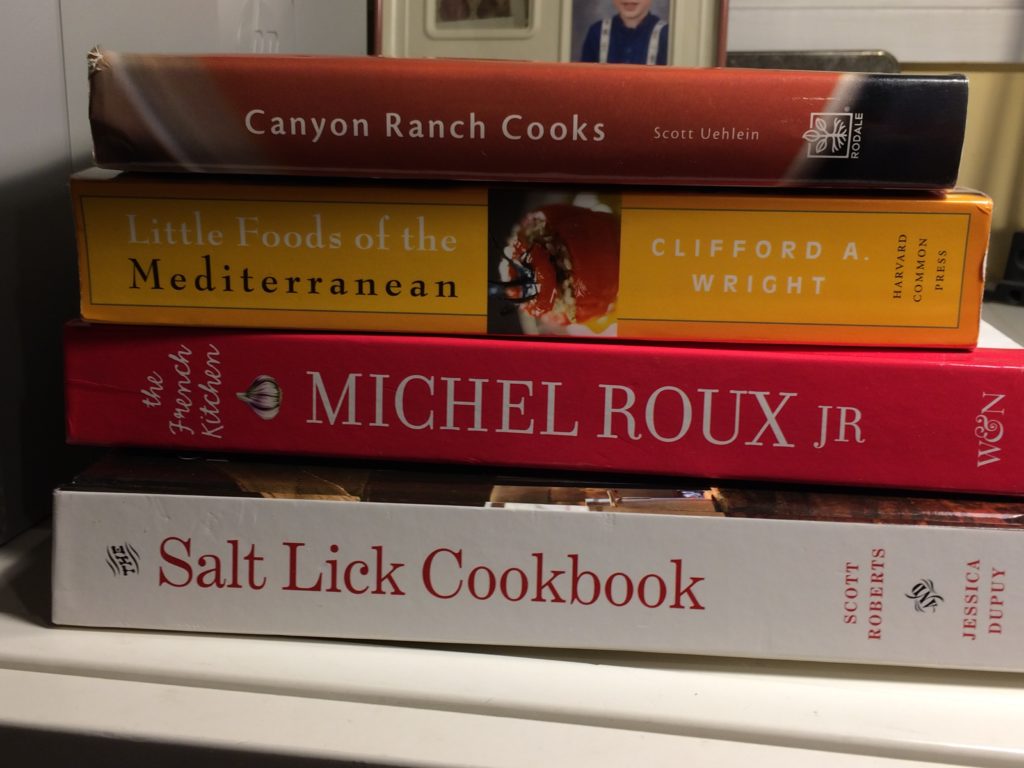Along with many other cities around the country, Seattle was the site of a large Women’s March. In keeping with the Seattle Way, ours was called the Womxn’s March. This was to include anyone with sympathies with the goals of the march.
I arrived at the Park and Ride around 8:20. There was already a large group of folks waiting for the bus downtown. When the bus arrived, it was nearly full already. I grabbed one of the last open seats. More riders got on, and the bus was full before we hit the Seattle city limits. Despite the sardine-can conditions, everyone was in good spirits.
Many of us got off the bus in the International District and walked to the starting point, Judkins Park. It was an uphill slog, but less steep than some of the other routes. The open field was awash with pink pussy hats and interesting signs. It took me a while to find my church group; in the meantime, I ran into other acquaintances and chatted up a young woman who was wearing a St. Lawrence University shirt. I finally found my group and got ready to march.
Mobilizing a large mass of humanity is difficult enough. Mobilizing a large mass of humanity onto narrow residential streets is damn near impossible. It took my group nearly an hour to get out of the park, and an hour to get one block. Our group entertained ourselves by singing “We Are a Gentle Angry People” and “This Little Light of Mine”. One of the neighborhood residents set up his audio system to play an anti-Trump rap for the marchers.

The mass of humanity on Jackson Street in Little Saigon. Note that not everyone marched (right).
Once we got to Jackson Street, the main drag of Little Saigon and the International District, the mass of humanity was able to spread out and move quickly. People on the sidewalks cheered us on. The Viet Wah supermarket set up an outdoor refreshment stand. My favorite sign is shown below. The sign and the man holding it were posted near the interstate 5 overpass. Also on Jackson Street, a woman updated us on the participation: 100,000. The Seattle police officers along the route seemed to enjoy the passing scene. As well they should have: We were a peaceful crowd. No arrests, no vandalism.

No comment needed.
Unfortunately, I didn’t make it all the way to the end of the march. After i took the photo above, my knees decided that I should go home. I met some marchers who made the same decision on the train to the University District, including a woman who’d had two knee replacements inside of a year. Another rider heard that the participation was over 120,000: “That’s more than the Seahawks’ Super Bowl parade!”
My “inner iPod” was playing several tunes while I was marching. One was a little chant by Fiona Apple that Julian had emailed to me. The second was “Bread and Roses”, an old women’s labor song based on a poem by James Oppenheim. This post’s title is a line from the song. This is the last verse:
As we come marching, marching, we bring the greater days.
The rising of the women means the rising of the race.
No more the drudge and idler — ten that toil where one reposes,
But a sharing of life’s glories: Bread and roses! Bread and roses!
Over a century later, we’re still marching for the same stuff.






Recent Comments